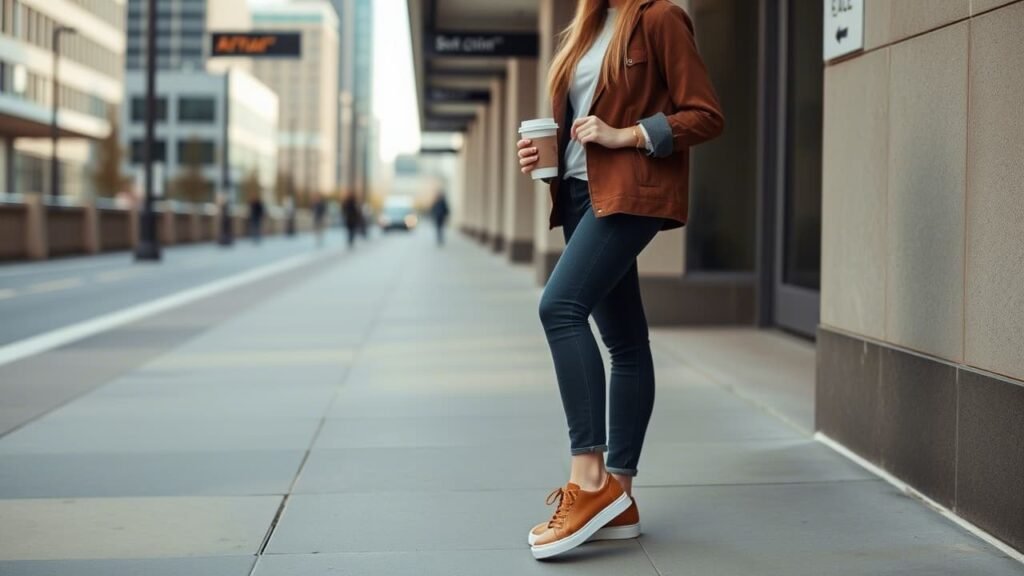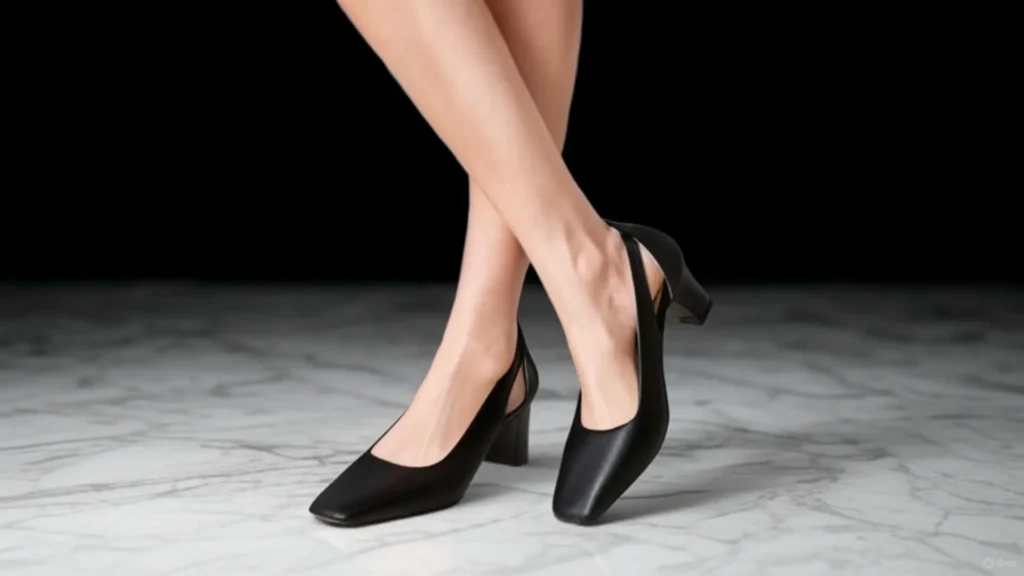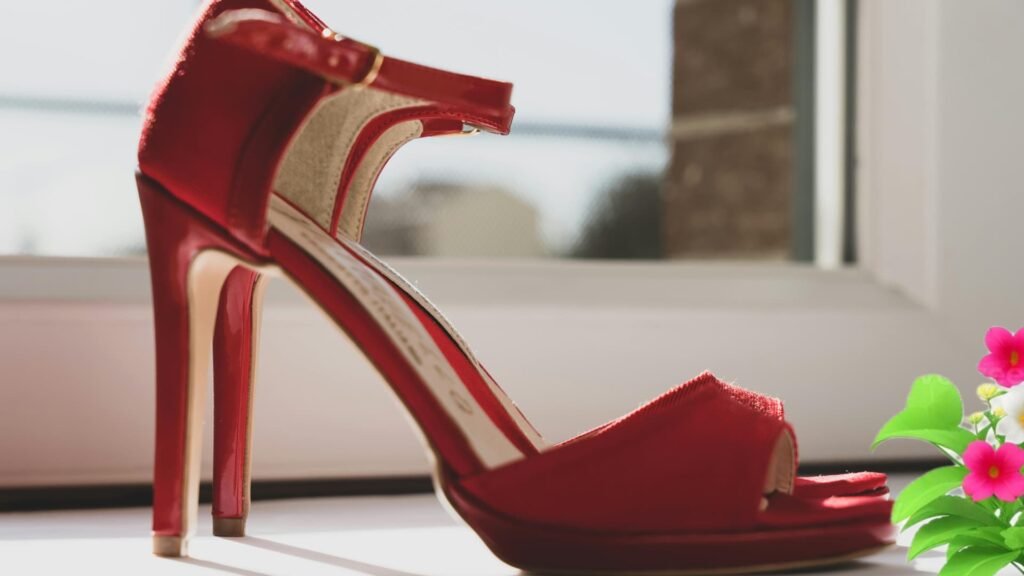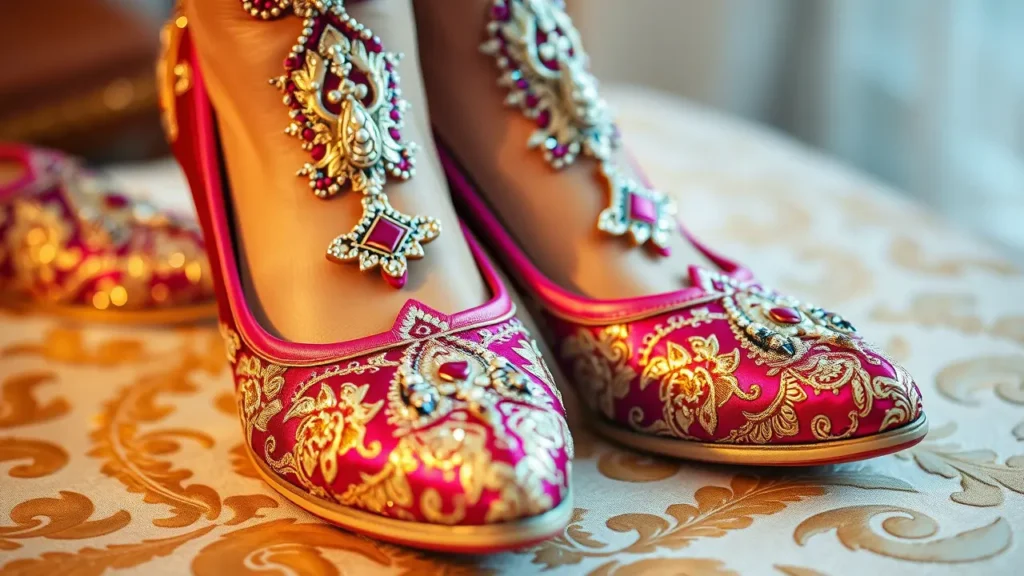Shoes are more than just footwear. They show your style. They can make or break an outfit. Mixing shoe textures is a fun way to express yourself. But it can be tricky. This article explains the do’s and don’ts of mixing shoe textures. Follow these tips to create stylish looks.
Why Mix Shoe Textures?
Shoe textures refer to the material or finish of a shoe. Common textures include leather, suede, canvas, velvet, patent leather, and mesh. Some shoes have smooth surfaces. Others feel rough or soft. Mixing textures means pairing shoes with different materials or finishes in one outfit. It adds depth to your style. But you must do it carefully.
Mixing textures makes your outfit interesting. It shows creativity. It can make simple clothes look exciting. For example, pairing suede boots with a leather jacket adds contrast. Textures catch the eye. They make your style unique. But too many textures can look messy. Balance is key.
The Do’s of Mixing Shoe Textures

Here are some tips to mix shoe textures well.
Neutral colors are easy to mix. Black, white, gray, navy, and beige work well. They let textures stand out without clashing. For example, pair black leather sneakers with gray suede loafers. The textures shine, but the colors stay calm. Neutrals are safe for beginners.
Choose textures that feel related. Smooth leather and glossy patent leather go well together. They both look sleek. Suede and velvet also pair nicely. They feel soft and luxurious. Matching vibes keeps your look cohesive. For example, wear suede boots with a velvet skirt for a rich, elegant style.
Pair one bold texture with a subtle one. A bold texture, like shiny metallic, grabs attention. A subtle texture, like canvas, stays quiet. This balance prevents your outfit from looking too busy. For example, wear metallic sandals with canvas sneakers. The metallic adds sparkle, while the canvas keeps it grounded.
Match textures to the event. Formal events call for polished textures like leather or patent leather. Casual settings suit relaxed textures like suede or mesh. For example, wear leather oxfords to a wedding. Save suede sneakers for a picnic. The right texture fits the mood.
Textures can make simple outfits pop. A plain outfit, like jeans and a t-shirt, looks better with textured shoes. For example, add snakeskin loafers to a white shirt and black pants. The texture adds interest without overwhelming the look. It’s an easy way to elevate your style.
Try one bold texture at a time. A single statement texture, like crocodile-embossed leather, makes a big impact. Keep the rest of your outfit simple. For example, pair crocodile boots with a plain dress. The boots stand out, but the outfit stays balanced.
Balance the size of your shoes with your outfit. Chunky textured shoes, like suede hiking boots, pair well with slim clothing. Sleek textured shoes, like patent leather heels, suit looser outfits. For example, wear chunky suede boots with skinny jeans. The contrast looks intentional.
Start small if you’re new to mixing textures. Pair one textured shoe with a simple outfit. For example, wear velvet flats with a cotton dress. Once you’re comfortable, try two textures. Small steps build confidence. They also reduce the risk of clashing.
Some textures suit certain seasons. Suede and velvet feel cozy for fall and winter. Canvas and mesh are light for spring and summer. For example, wear suede ankle boots in autumn. Switch to canvas sneakers in summer. Seasonal textures keep your look fresh.
Let your shoes be the star. If your shoes have bold textures, keep your clothes plain. For example, pair glittery heels with a black dress. The shoes shine, and the outfit stays elegant. Simple clothes highlight textured shoes without competing.
The Don’ts of Mixing Shoe Textures
Avoid these mistakes when mixing shoe textures.
Too many textures look chaotic. Stick to two or three textures at most. For example, don’t wear suede boots, a velvet jacket, and patent leather pants together. It’s overwhelming. Instead, pair suede boots with a leather bag. Fewer textures create harmony.
Textures can clash if colors don’t match. Bright textures, like red patent leather, need careful pairing. Don’t mix them with clashing colors, like neon green suede. Stick to complementary colors. For example, pair red patent heels with a navy dress. The colors work together.
Textured shoes need care. Suede stains easily. Patent leather scratches. Don’t mix textures if you can’t maintain them. For example, don’t wear suede shoes in the rain. Choose leather instead. Proper care keeps your shoes looking good.
Textures should match your outfit’s vibe. Don’t wear casual canvas sneakers with a formal gown. It looks mismatched. Similarly, don’t wear shiny patent leather boots with sweatpants. Keep the style consistent. For example, pair canvas sneakers with jeans for a casual look.
Patterns and textures can fight for attention. Don’t pair heavily textured shoes with busy patterns. For example, avoid snakeskin boots with a floral dress. The combination is too loud. Instead, wear snakeskin boots with a solid-colored outfit. It’s more balanced.
Textured shoes can be less comfortable. Patent leather can feel stiff. Suede may not breathe well. Don’t sacrifice comfort for style. For example, don’t wear tight metallic heels for a long event. Choose comfortable textures like leather or canvas for all-day wear.
Confidence makes any outfit work. Don’t mix textures if you feel unsure. It shows in your posture. Start with simple combinations. For example, try leather sneakers with a suede bag. As you gain confidence, experiment more. Confidence sells the look.
Textures have different scales. Some are bold, like embossed leather. Others are subtle, like matte leather. Don’t pair two bold textures together. For example, avoid metallic sneakers with crocodile boots. It’s too much. Mix a bold texture with a subtle one for balance.
Textures need contrast to stand out. Don’t pair similar textures with no difference. For example, matte leather and smooth leather look too alike. Instead, pair matte leather with suede. The contrast makes both textures pop.
Shoes don’t stand alone. Don’t mix shoe textures without considering your bag, belt, or jacket. For example, don’t wear suede shoes with a patent leather bag unless the colors match. Coordinate textures across your accessories for a polished look.
How to Practice Mixing Shoe Textures
Mixing textures takes practice. Start with these steps.
Pick a simple outfit. Jeans and a plain top work well. They let your shoes shine. For example, wear black jeans and a white shirt. This is your blank canvas.
Choose one pair of textured shoes. Try suede loafers or leather boots. Wear them with your base outfit. Notice how the texture changes the look. For example, suede loafers add warmth to jeans and a shirt.
Introduce a second texture in small doses. Try a leather bag or a velvet scarf. Make sure the colors match. For example, pair suede loafers with a leather bag. The textures complement each other.
Once you’re comfortable, try a bold texture. Metallic sandals or embossed leather boots are good choices. Keep the rest of the outfit simple. For example, wear metallic sandals with a black dress. The sandals stand out.
Look at your outfit in a full-length mirror. Does it feel balanced? Do the textures work together? If something feels off, swap one texture. For example, replace a velvet scarf with a leather belt. Small changes make a big difference.
Common Texture Combinations That Work
Here are some tried-and-true texture pairings.
Leather and suede: Leather is smooth and polished. Suede is soft and fuzzy. Together, they create contrast. For example, wear leather sneakers with a suede jacket. It’s classic and stylish.
Patent leather and canvas: Patent leather is shiny. Canvas is casual. This mix is bold yet balanced. For example, wear patent leather heels with a canvas tote. It’s perfect for a semi-formal event.
Velvet and mesh: Velvet is rich and luxurious. Mesh is light and sporty. They balance each other. For example, wear velvet flats with mesh sneakers. It’s a fun, modern look.
Metallic and matte leather: Metallic textures sparkle. Matte leather is understated. Together, they create drama. For example, wear metallic boots with a matte leather skirt. It’s eye-catching but elegant.
Common Mistakes to Avoid When Mixing Shoe Textures
Here are some pitfalls to watch out for.
Bold textures compete. Don’t wear metallic shoes, embossed leather pants, and a velvet top. It’s too much. Stick to one bold texture.
Textures need matching colors. Don’t pair red suede shoes with a yellow patent leather bag. Choose colors that complement each other.
Textures set the tone. Don’t wear casual mesh sneakers to a formal event. Save them for a weekend outing.
Mixing shoe textures is a great way to show your style. It’s fun and creative. But it requires balance. With practice, you’ll master the art of mixing shoe textures. Your outfits will look stylish and unique. So, grab your favorite shoes and start experimenting.




